Commentary: How big of a threat is China really?
Published in Op Eds
Last June, during an annual security conference in East Asia, then-Defense Secretary Lloyd Austin underscored that the United States was not seeking conflict with China. Maintaining a consistent dialogue with Beijing, he hinted, was just as vital to effective deterrence as ensuring the U.S. military was fully equipped and prepared.
Fast-forward a year later and the message from Washington is far different. Unlike his predecessor, Defense Secretary Pete Hegseth name-dropped China in his speech to the same security conference multiple times, as if to shame the Asian superpower for running roughshod over the so-called rules-based international order.
China, Hegseth warned, was trying to become a hegemon in Asia, where it could dominate its neighbors, exploit the South China Sea’s vast natural resources and coerce other countries into accepting Beijing’s demands.
In Hegseth’s words, “It has to be clear to all that Beijing is credibly preparing to potentially use military force to alter the balance of power in the Indo-Pacific.” An invasion of Taiwan, he added, could be “imminent.”
If this all sounds scary, that’s because it is. His comments raise the rhetorical gamesmanship to a level U.S. officials weren’t comfortable with in the past. The Biden administration was no slouch on China policy, but it still didn’t want to inflame things unnecessarily. The Pentagon, for instance, repeatedly emphasized that while China’s military drills around Taiwan were aggressive and designed to wear down the island’s will to resist, a conflict in the Taiwan Strait was “neither imminent nor inevitable.”
In other words, there was still an opportunity to defuse any tensions before they exploded into a war that could drag the United States in, kill tens of thousands of people and throw a heavy wrench into the global economy.
The Trump administration, however, has deployed noticeably sharper words during its first four months. Although the fundamentals of its wider policy in East Asia mimic the Biden administration’s own — reinforcing U.S. alliances; engaging in regular freedom of navigation exercises with Japan and the Philippines; and stressing the utility of preserving the status quo in the Taiwan Strait — Trump’s advisers aren’t afraid of poking Beijing in the eye.
If managing the systemic rivalry with Beijing was a core component of Washington’s overall strategy throughout Biden’s four years, it increasingly looks like the guardrails that were put in place to prevent miscalculations are now eroding.
Even so, does the Trump administration have a point? Is a conflict over Taiwan imminent as Hegseth suggests? And how real is the risk of China becoming Asia’s hegemon?
First, we should acknowledge that China is a threat in certain respects, particularly to its neighbors who have competing jurisdictional claims. The People’s Liberation Army, or PLA, is arguably the strongest military in the region today, a consequence of Chinese President Xi Jinping’s long-standing policy of pouring money into its coffers to fund a large-scale modernization campaign.
China spent $314 billion on defense in 2024, a 7% increase from the year prior and a whopping 59% increase from a decade ago. The PLA boasts the largest ballistic missile arsenal in Asia and continues to invest in hypersonic missiles, which are difficult for conventional air defenses to intercept.
The PLA is also throwing out the old rulebook that used to govern affairs in East Asia. As I mentioned last week, the median line that once served as an unofficial boundary separating Chinese and Taiwanese airspace is now imaginary as the Chinese air force flies closer to the self-ruled island to test Taiwan’s defenses and wear down morale.
Yet the United States would be wise to refrain from overestimating China’s military capability and underestimating the capability of its allies like Japan, the Philippines, South Korea and Australia — all of whom have an even greater interest in preventing Chinese hegemony in Asia than Washington does. China is its own worst enemy in this regard: The more it presses its territorial claims, the more incentive its neighbors have to balance Beijing.
For the most part, this is exactly what China’s neighbors are doing. Japan is the most obvious case study. Traditionally a pacifist country that kept to an artificially low defense budget relative to its wealth, Japan has spent the last three years adding resources to its so-called Self-Defense Forces and buying American weapons off the shelf.
Tokyo’s latest national security strategy, unveiled in 2022, was a sea-change in how Japan typically talks about its security environment. In that document, China was called out for challenging the international order, partnering with Russia in its war against Ukraine and trying to change the region’s status quo by force. Japan’s defense budget is set to double by 2027, and with more resources comes a greater capability to preserve the balance of power.
The Philippines is another example. While the country can’t possibly compete with China in conventional terms, the Philippine government under President Ferdinand Marcos Jr. has effectively given up on rapprochement with Beijing and thrown in its lot with Washington. China’s incessant clashes with Philippine forces in the South China Sea have served as a wake-up call to a country whose previous administration under Rodrigo Duterte (who is now in custody at the Hague for war crimes) drifted into the Chinese camp and took a more suspicious view of U.S. intentions.
Today, Manila is not only buttressing its navy and coast guard but also increasingly partnering with countries like Japan and Australia who have a similar threat perception about China.
In short, Asia’s middle-powers aren’t standing still. Chinese coercion is bringing them together. And ultimately, this is more important for stability in this area of the world than whatever the United States chooses to do.
____
Daniel DePetris is a fellow at Defense Priorities and a foreign affairs columnist for the Chicago Tribune.
___
©2025 Chicago Tribune. Visit at chicagotribune.com. Distributed by Tribune Content Agency, LLC.
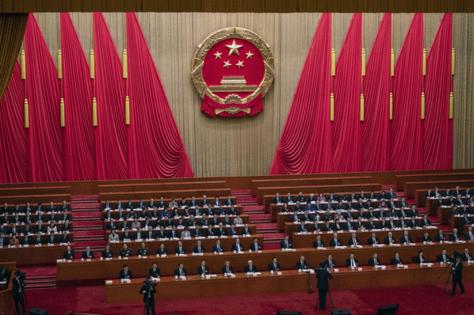


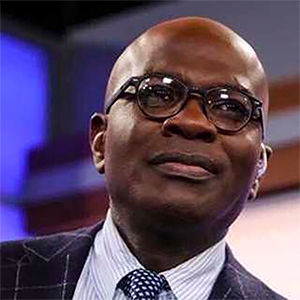



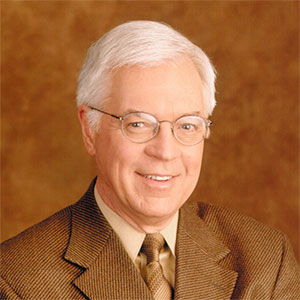










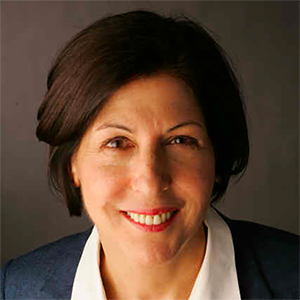
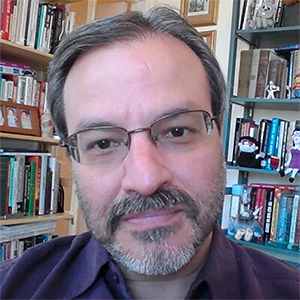



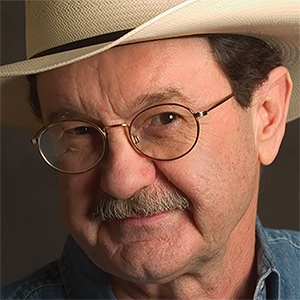



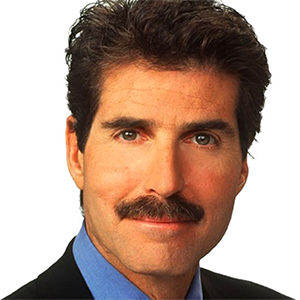

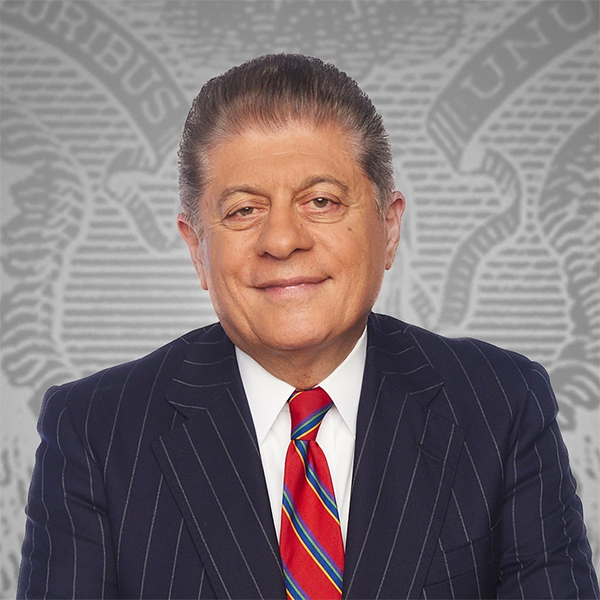
























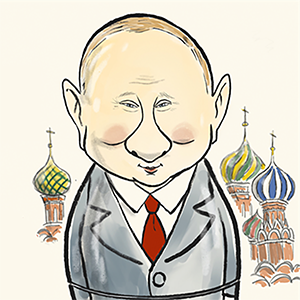

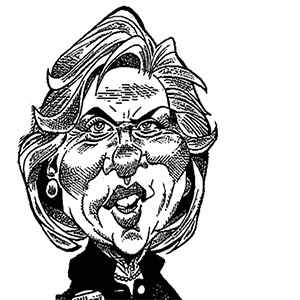
Comments